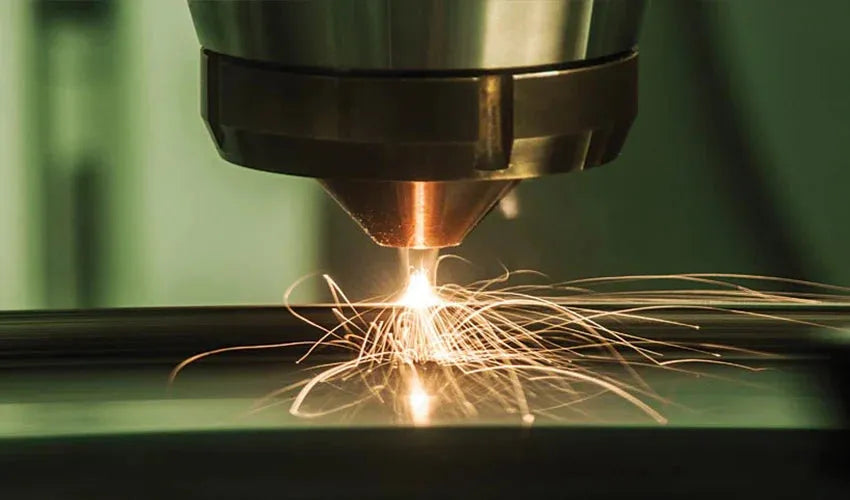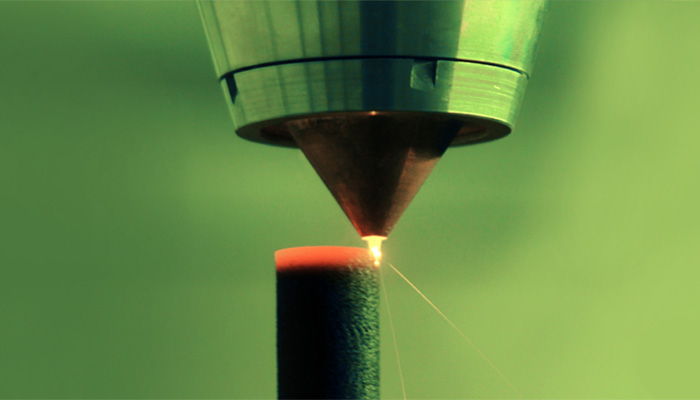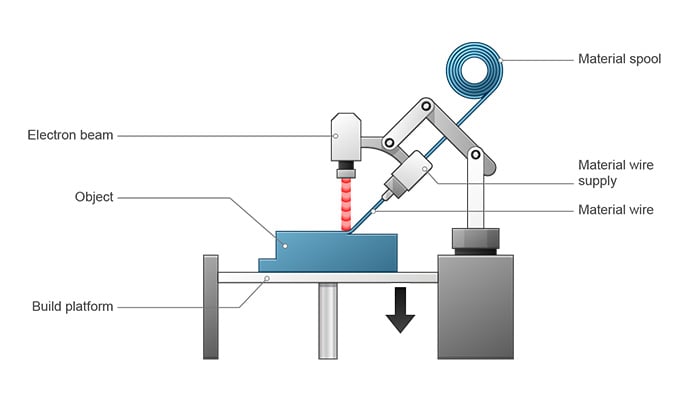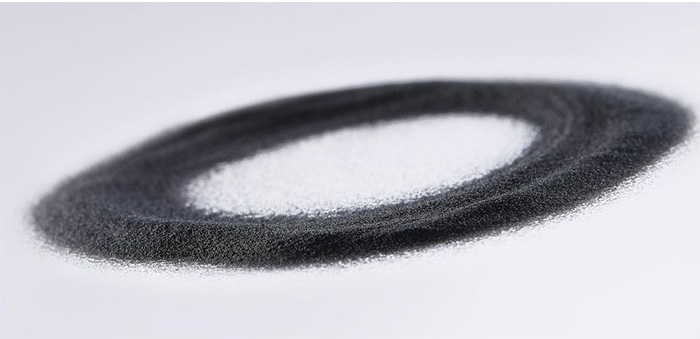
Direct Energy Deposition (DED): Everything You Need to Know
Source: 3dnatives.com
There Direct energy deposition or Direct Energy Deposition (DED) is a 3D printing process typically used to repair or add additional material to existing components. It is of course possible to manufacture parts from scratch using this technology, but it is often used for industrial applications such as repairing damaged turbine blades or propellers.
Similar to what happens in some powder bed fusion (PBF) technologies (such as LPBF (or EBM), direct deposition uses a concentrated energy source such as a laser beam or electron beam to melt the material. However, the material is melted at the same time as it is being deposited from the nozzle. In a way, this technology sits on the border between material extrusion and powder bed fusion.
It should be noted that this technology is often referred to by other names such as Laser Engineered Net Shaping (LENS), Direct Metal Deposition (DMD), Electron Beam Additive Manufacturing (EBAM), etc. depending on the specific application or method.

How does Direct Energy Deposition technology work?
As with any 3D printing technique, designing a part begins with creating the 3D model using a CAD software. The part is then cut by a slicer into a multitude of layers, representing the various layers of material needed to form the part.
The technique works by depositing material onto a base or component being repaired through a nozzle mounted on a multi-axis arm (usually 4 or 5). The metal material that feeds the nozzle is supplied in powder or wire form. As it is deposited, a heat source melts the material using a laser, electron beam or plasma arc. This process is repeated repeatedly, until the layers solidify and the object is complete.

In the case of electron beam systems, the process must be performed under vacuum to prevent the electrons from interacting with or being deflected by air molecules. Laser systems require a completely inert chamber when working with reactive metals, a significant amount of gas and time is required to reach the desired oxygen levels. Alternatively, a shielding gas blanket can be used, sufficient to protect the deposited metal from contamination.
Materials and applications
This process is typically used with metals, in powder or wire form. However, DED can also be used with polymers and ceramics. For example, AREVO uses carbon fiber filament for DED to manufacture lightweight composite parts for the end consumer. The thermoplastic filament is melted by a heat source and compacted by a roller to create the layers of the object.
As for metals, almost any weldable metal can be 3D printed with DED. This includes titanium and titanium alloys, inconel, tantalum, tungsten, niobium, stainless steel, aluminum, etc. The wire used typically has a diameter of 1-3 mm, and the powder particle size is similar to that used in powder metallurgy processes, between 50 and 150 microns.
As previously mentioned, one of the unique applications of this technology is the ability to repair metal parts that have been damaged . According to ASTM International: “DED has the ability to produce relatively large parts (> 1000 mm³ build volume) that require minimal machining and relatively little secondary machining. Additionally, DED processes can be used to produce components with concentration gradients or hybrid structures composed of multiple materials with different compositions and structures.”

The main players on the market
There are several manufacturers of DED 3D printers on the market today. BeAm is one of the major players in the industry. They offer three solutions: the Magic 80 and the Modulo 250 and 450. All of them use laser as a heat source. Other manufacturers that create laser DED machines include Trumpf, Optomec, FormAlloy, DMG Mori, InssTek, Relativity, and others.
As for electron beam DED systems, EBAM is a technology marketed by Sciaky Inc; it offers 5 different machines and also the possibility to create your own customized system. Another manufacturer is Evobeam GmbH. Finally, among the manufacturers of plasma arc DED 3D printers we find Norsk Titanium, WAAM, GEFERTEC, Prodways and Lincoln Electric.
